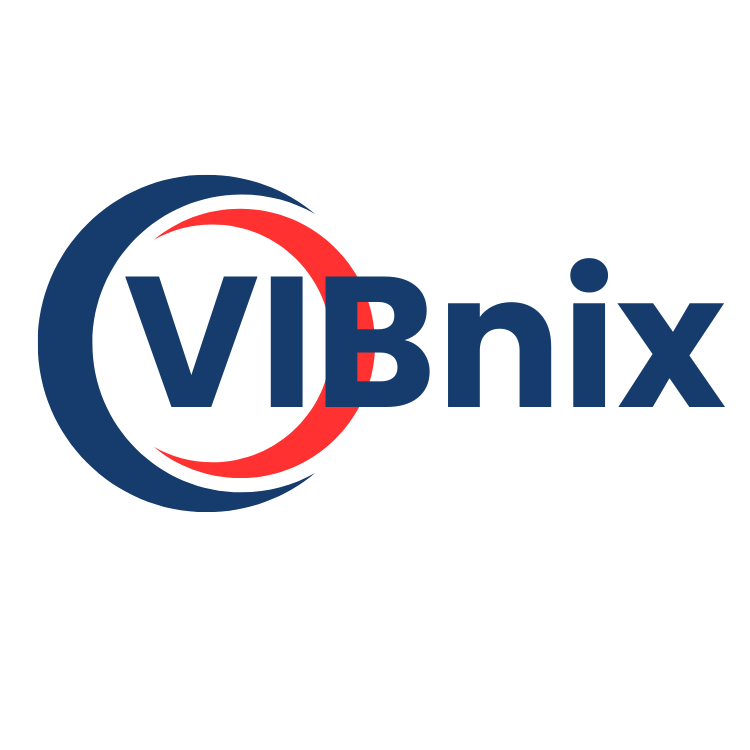Reduced Risk Products (RRP) Market Consumer Awareness Driving Long-Term Market Growth And Expansion
Reduced Risk Products (RRP) Market highlights that educating consumers on product benefits, safety, and usage is pivotal for long-term growth, brand loyalty, and competitive positioning in the global RRP industry.
Role of Consumer Awareness
Consumer awareness is a critical factor in the adoption and acceptance of Reduced Risk Products. As individuals become more knowledgeable about the health risks associated with traditional tobacco consumption, interest in safer alternatives such as e-cigarettes, heated tobacco, and nicotine pouches increases. Awareness initiatives help consumers understand product functionality, potential health benefits, and responsible usage. Companies that actively educate their target audience through campaigns, digital platforms, and community engagement foster trust, reduce uncertainty, and encourage trial, ultimately driving sustained adoption and long-term market growth.
Educational Campaigns and Outreach
Educational campaigns are a cornerstone of increasing consumer awareness. Comprehensive programs that highlight product safety, regulatory compliance, and responsible usage build confidence among potential users. Leveraging social media, interactive content, online tutorials, and in-store demonstrations enables companies to reach diverse audiences efficiently. Localized messaging, cultural sensitivity, and language adaptation enhance the effectiveness of educational efforts. By consistently providing transparent information, companies reduce misconceptions, dispel myths about reduced-risk alternatives, and create informed consumer bases that are more likely to transition from traditional tobacco products to RRPs.
Influence on Consumer Adoption
Informed consumers are more likely to adopt Reduced Risk Products. Awareness campaigns not only educate but also shape perceptions regarding safety, convenience, and quality. As users become knowledgeable about device functionality, flavors, nicotine levels, and health implications, they are more confident in their purchase decisions. This informed adoption contributes to higher customer retention, positive word-of-mouth referrals, and increased market penetration. Companies that prioritize consumer education strengthen their position in the market, differentiating themselves from competitors who rely solely on traditional marketing or price-based strategies.
Digital Platforms and Engagement
Digital platforms play a vital role in raising consumer awareness. Social media, mobile applications, e-commerce channels, and interactive websites allow companies to share information, answer queries, and provide personalized guidance. Data-driven insights from digital engagement help businesses understand consumer behavior, preferences, and concerns, enabling more effective communication and product customization. Companies that harness technology for awareness-building can expand reach, improve engagement rates, and develop long-term relationships with users, reinforcing brand loyalty and fostering market growth.
Impact on Product Development
Consumer awareness directly informs product development strategies. Feedback, preferences, and expectations gathered through education initiatives guide innovation in device design, flavor options, nicotine delivery, and usability. Companies that integrate user insights into R&D processes create products aligned with market demand, increasing satisfaction and adoption. Additionally, awareness of health and environmental concerns encourages firms to develop sustainable and safe solutions, further enhancing brand credibility. Awareness-driven product innovation ensures relevance, differentiation, and competitive advantage in the growing RRP market.
Regional Implications
Regional variations in consumer awareness affect adoption rates and market dynamics. Developed regions such as North America and Europe often exhibit high awareness due to stringent regulations, widespread public health campaigns, and media coverage. In emerging markets, awareness levels may be lower, requiring targeted educational efforts to introduce consumers to RRPs’ benefits and safe usage. Companies must tailor outreach programs to address regional cultural, economic, and demographic factors. Effective awareness initiatives in these markets not only boost adoption but also establish long-term brand recognition and loyalty, paving the way for sustainable expansion.
Regulatory Support and Consumer Confidence
Regulatory frameworks enhance the impact of consumer awareness. Clear, enforceable guidelines regarding product safety, labeling, and marketing reassure consumers about the reliability and integrity of RRPs. Awareness campaigns aligned with regulatory standards reinforce trust, reduce skepticism, and increase adoption. Companies that emphasize compliance and transparency in their messaging are more likely to gain credibility and establish themselves as responsible market leaders. This combination of education and regulatory assurance creates a supportive environment for long-term growth and expansion.
Strategic Marketing Approaches
Marketing strategies complement awareness initiatives by reinforcing education and engagement. Companies employ targeted campaigns based on demographic, geographic, and behavioral insights to reach potential users effectively. Storytelling, demonstrations, and educational content within marketing campaigns build understanding and trust. Additionally, incorporating testimonials, expert opinions, and comparative studies strengthens messaging credibility. Strategic marketing aligned with consumer education accelerates adoption, enhances brand perception, and positions companies as leaders in both information provision and product quality.
Partnerships and Collaborative Initiatives
Collaborations with healthcare organizations, research institutions, and community groups amplify consumer awareness efforts. Joint initiatives provide credibility, extend reach, and enable more effective dissemination of information. Partnerships allow companies to access specialized knowledge, resources, and networks, ensuring that awareness campaigns are accurate, comprehensive, and culturally relevant. Collaborative approaches also strengthen brand reputation and demonstrate commitment to consumer health, enhancing adoption and long-term market growth.
Future Outlook
Consumer awareness will continue to be a primary driver for the Reduced Risk Products market. As global populations become more informed about health, safety, and product options, adoption rates are expected to rise. Companies investing in comprehensive education, digital engagement, product transparency, and partnerships will benefit from enhanced brand loyalty, accelerated market penetration, and sustainable growth. By prioritizing awareness-driven strategies, firms can navigate competitive challenges, align with regulatory standards, and establish a strong foundation for long-term success in the RRP industry.
Conclusion
Consumer awareness is a central determinant of long-term growth in the Reduced Risk Products market. Effective education campaigns, digital engagement, product innovation, regulatory compliance, and strategic partnerships collectively drive adoption, trust, and market expansion. Companies that integrate these elements into their strategies can differentiate themselves, strengthen global market presence, and achieve sustainable success in an evolving competitive landscape. By empowering consumers with knowledge and providing safe, reliable, and innovative products, businesses secure their position as leaders in the global RRP market.
- Vibnix Blog
- Politics
- News
- Liberia News
- Entertainment
- Technology
- Formazione
- Art
- Causes
- Crafts
- Dance
- Drinks
- Film
- Fitness
- Food
- Giochi
- Gardening
- Health
- Home
- Literature
- Music
- Networking
- Altre informazioni
- Party
- Religion
- Shopping
- Sports
- Theater
- Wellness



